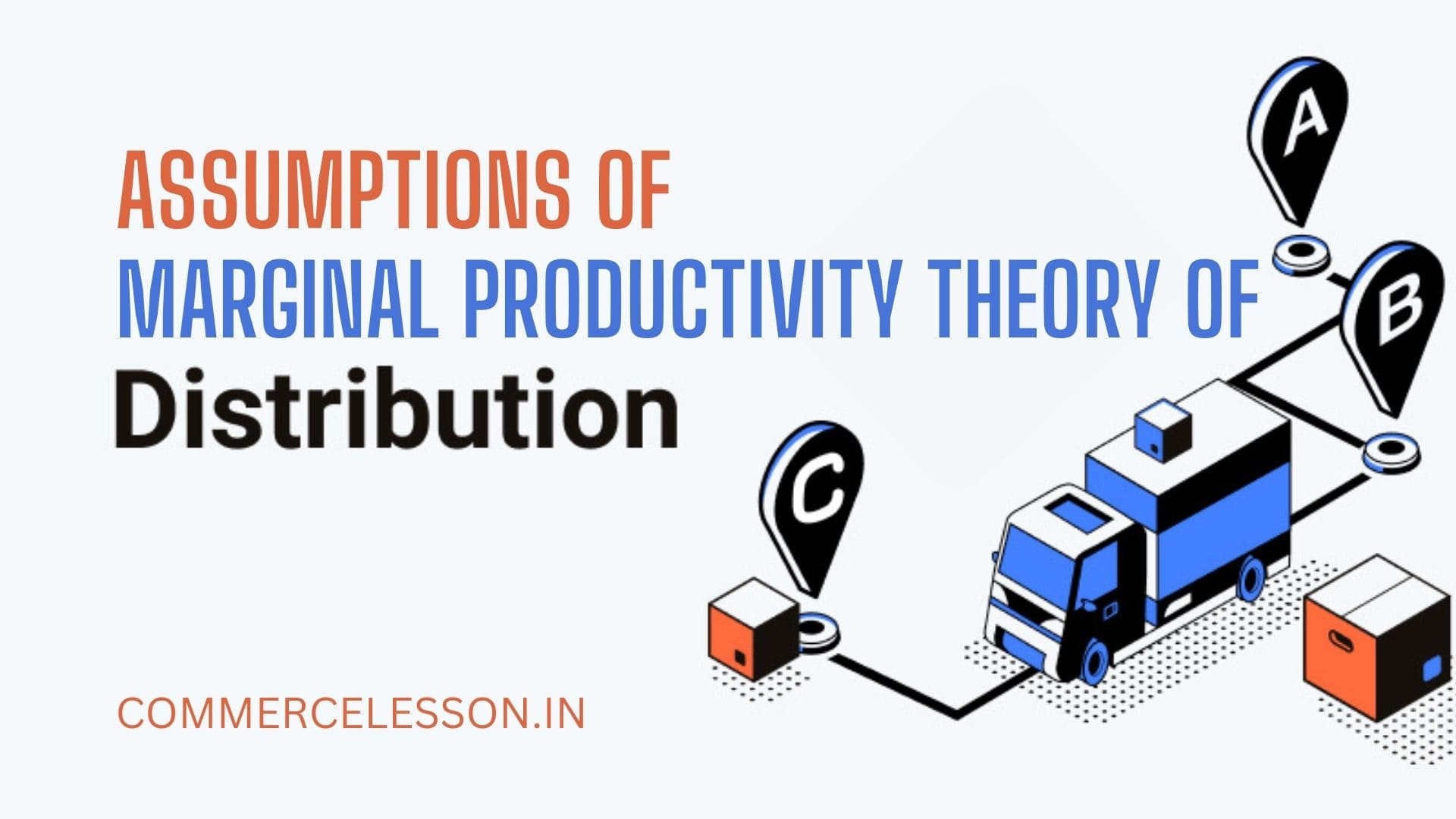Discuss the assumptions of Marginal Productivity Theory of Distribution.
The marginal Productivity Theory of distribution is based on some assumptions. The assumptions are now discussed below:
1. Perfect competition in commodity and factor market:
There exists perfect competition in commodity and factor market. As a result prices of the commodity and factors of production remain constant.
2. Homogeneous factor:
Each unit of the factors of production are homogeneous i.e. productivity of each unit of factors are equal.
3. Presence of substitution among factors of production:
Substitution among factors of production is possible i.e. one factor of production can be used in place of another factor of production.
4. Law of diminishing marginal product:
The law of diminishing marginal product operates i.e. other inputs remaining constant if one input is increased continuously then the marginal product of the variable input is decreased continuously.
5. Full employment:
All the inputs or factors of production are fully employed.
6. Mobility:
Factors of production are mobile i.e. the factors of production shift from one place to another place.
7. Measurable marginal product:
Marginal product is measurable.
8. Maximisation of profit:
The objective of the producer or firm is to maximize profit.





[…] Assumptions of Marginal Productivity Theory of Distribution […]
[…] Assumptions of Marginal Productivity Theory of Distribution […]